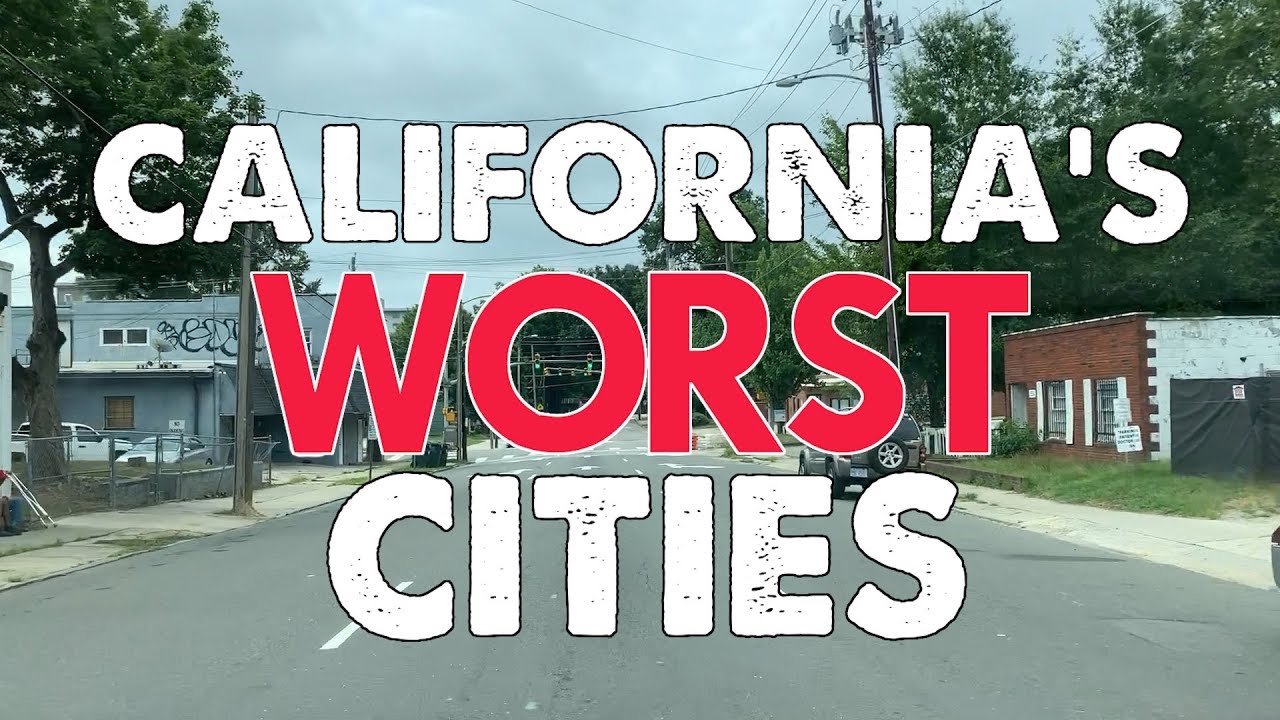California, the Golden State, evokes images of sunshine, beaches, Hollywood dreams, and technological innovation. However, like any state, it has its less desirable areas. While “worst” is subjective, this article examines five California locations that consistently struggle with a combination of factors, including high crime rates, unaffordable housing, limited economic opportunities, and other quality-of-life concerns.
1. Stockton
- Central Valley Struggles: Stockton embodies challenges of California’s Central Valley: agricultural reliance, economic stagnation, and high poverty.
- High Violent Crime: Consistently among the most dangerous US cities, with a violent crime rate far exceeding national and state averages.
- Economic Hardships: Unemployment, underemployment, and dependence on low-wage jobs plague the city.
- Cost of Living vs. Wages: Homeownership remains out of reach for many, even as housing prices are lower than coastal California.
2. San Bernardino
- Inland Empire’s Economic Woes: Once a manufacturing hub, San Bernardino faces job losses, high poverty, and fiscal struggles (even filing for bankruptcy in 2012).
- Crime and Safety: San Bernardino has consistently high violent and property crime rates.
- Blighted Cityscape: Abandoned properties and disinvestment create an atmosphere of decline.
- Revitalization Attempts: Recent efforts focus on attracting logistics and warehouse jobs, but with potential downsides for residents.
3. Oakland
- Gentrification’s Double-Edged Sword: Oakland is caught in the throes of change, with revitalization displacing long-time residents due to soaring costs.
- Skyrocketing Housing: Home prices and rents now rival San Francisco, pushing families further out.
- Crime Disparities: Violence remains concentrated in certain neighborhoods, creating a stark inequality of experience within the city.
- Income Inequality: Growing wealth gap exacerbates tensions within Oakland’s diverse communities.
4. Compton
- Historical Reputation: Compton’s association with gang violence in the 1980s and ’90s lingers, though the situation has improved.
- Improving, Yet Elevated Crime: Violent crime rates, while declining, remain higher than the national average.
- Social and Economic Hurdles: Poverty, lack of educational opportunities, and a history of disinvestment create systemic challenges.
- Government and Community Initiatives: Compton has seen efforts towards revitalization, with a focus on youth programs and crime reduction.
5. Emeryville
- Extreme Property Crime: Emeryville, a small Bay Area city, stands out for having an exceptionally high property crime rate.
- Cost of Living Outpacing Income: While offering employment opportunities, its location near tech hubs makes it extremely expensive.
- Small City, Large-Scale Problems: Limited resources make it harder for Emeryville to tackle crime and affordability alone.
- Disproportionate Impact: The burden of crime and economic strain falls heavily on Emeryville’s residents.
Additional Considerations
- Homelessness Crisis: Many California cities struggle with a growing homelessness crisis, a complex issue linked to poverty, mental health, and lack of affordable housing. This visibly impacts quality of life in some areas.
- Wildfires and Natural Disasters: California’s susceptibility to wildfires, droughts, and earthquakes is an added risk factor that can compound existing problems, particularly in less affluent communities.
Important Notes
- Positive Aspects: Even cities facing significant challenges possess strengths and pockets of resilience. It’s crucial to avoid oversimplifying any of these locations.
- Potential for Change: Through policy shifts, investment, and community efforts, conditions can improve over time. Highlighting these challenges may spark important conversations for solutions.
- The Value of Perspective: Residents of any of these cities may have very different opinions on their quality of life. This data-driven analysis should not override individual experiences.
Sources
- FBI Uniform Crime Reporting Data: Provides crime rates for analysis. (https://ucr.fbi.gov/)
- BestPlaces.net: Offers cost of living comparisons and quality of life metrics.
- US Census Bureau: For demographic and economic data (https://www.census.gov/)



